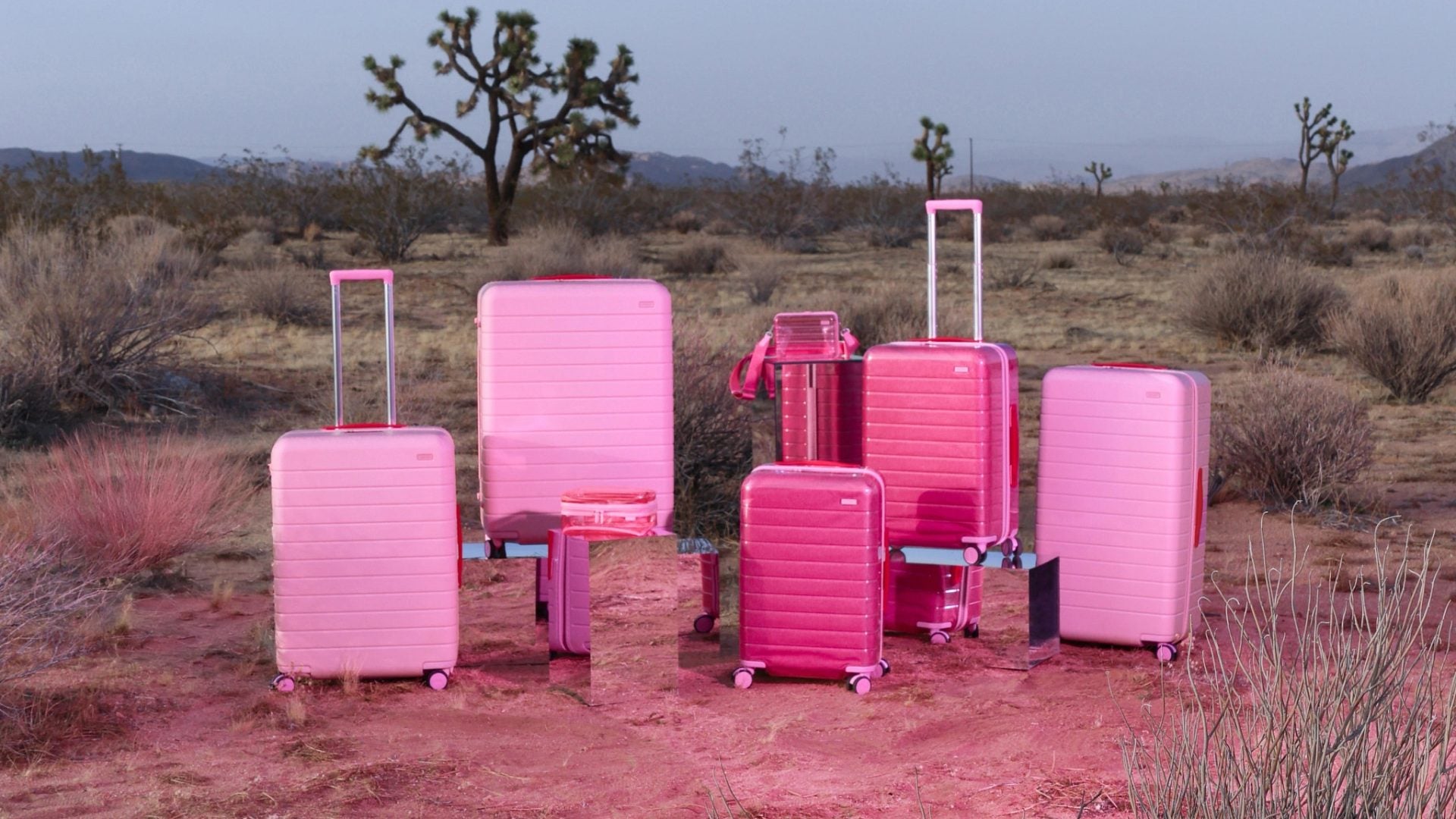
After the Women of Color of the Time’s Up campaign threw their support behind the movement to #MuteRKelly, Spotify announced it was no longer promoting Kelly’s music in its curated playlists as part of its newly launched Hate Content & Hateful Conduct policy.
“We don’t censor content because of an artist’s or creator’s behavior, but we want our editorial decisions—what we choose to program—to reflect our values,” Spotify said in a statement last week.
Now, two more streaming giants are doing the same.
Both Pandora and Apple Music announced they were also removing Kelly’s music from their promoted playlists, like Apple Music’s “Best Slow Jams of the 90s, Vol. 1” and Vol. 2. Though Kelly’s music is still available on both services, Pandora issued a statement explaining their actions.
“Pandora’s policy is to not actively promote artists with certain demonstrable behavioral, ethical or criminal issues,” the statement read. “We approach each of these scenarios on a case–by–case basis to ensure we address components true to Pandora’s principles while not overreaching and avoiding censorship.”
Kelly isn’t the only artist whose music is disappearing from curated playlists. After a string of allegations, which include pending charges for witness tampering and strangling and beating his then-pregnant ex-girlfriend in 2016, rapper XXXTentacion’s music has also been excluded from site promotions. A rep for the 20-year-old rapper questioned the decision to stop boosting his songs.
“I don’t have a comment, just a question,” Aishah White said. “Will Spotify remove all the artists listed below from playlists?” White shared a list of over a dozen artists who have been accused of misconduct, including Gene Simmons, Michael Jackson, Ozzy Osbourne and Dr. Dre.
The decision to yank R. Kelly and XXXTentacion’s songs from promoted lists opens up a conversation about who has the power to censor music. Though each artists’ songs will remain available on the site (and Spotify has pulled music from white supremacist acts in the past), this move will only further the debate about whether or not you can really separate an artist from his/her work.





